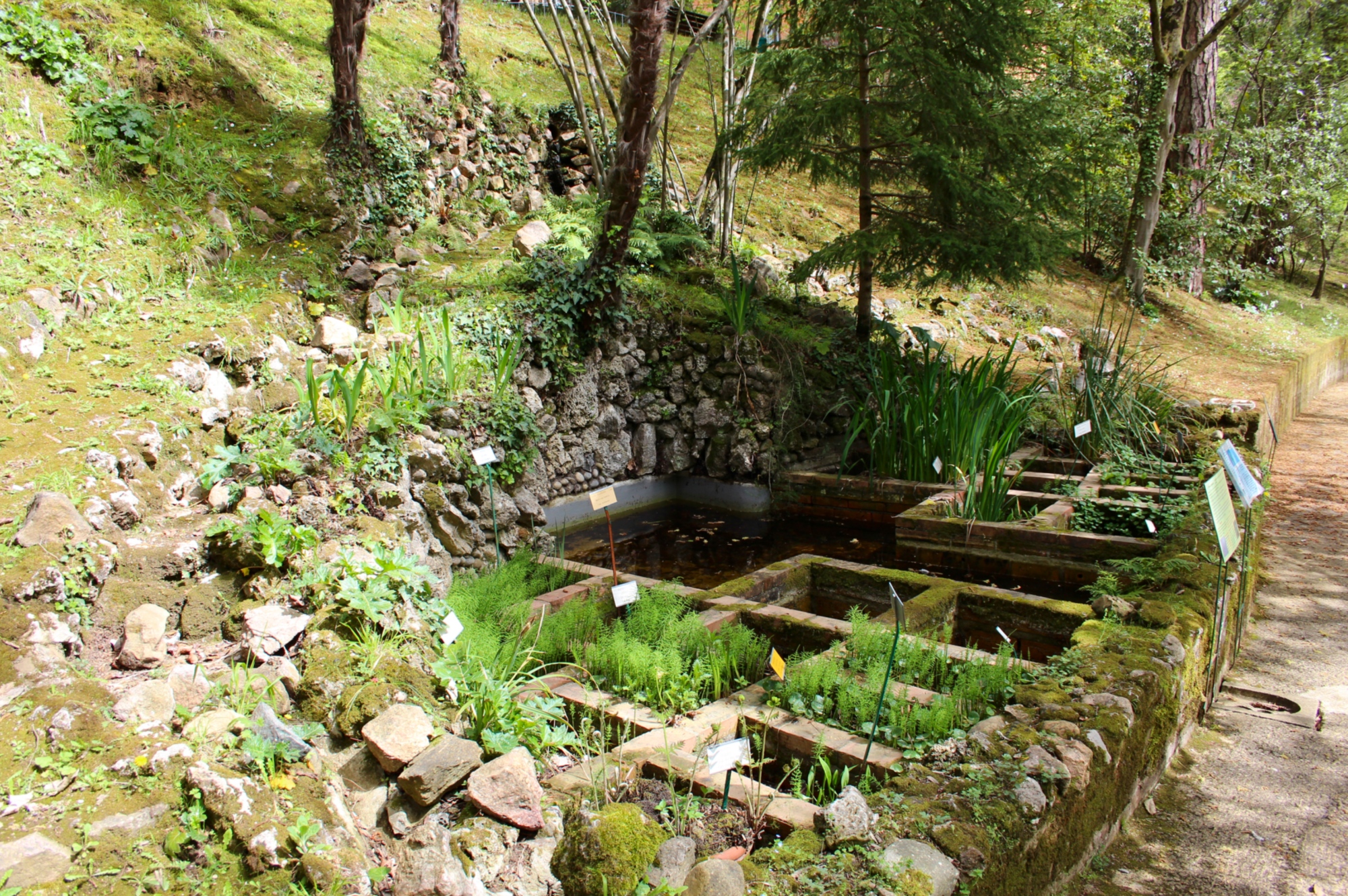Botanical Garden of Siena
The Botanical Garden of Siena is the direct heir to the Orto dei Semplici
The Botanical Garden of Siena is a hidden jewel in the heart of the city, home to over two thousand plant species from all over the world. Rich in history and botanical culture, it was initially used to grow plants for medicinal purposes. Today it consists of several sections which include plants native to Tuscany, as well as plants from more exotic and tropical parts of the world.
The History of the Botanical Garden
The Botanical Garden of Siena is a wonderful park located in the historic centre of the city that, together with the Herbarium, forms part of the Botanical Museum. Today’s botanical garden is the successor to the older Orto dei Semplici, a garden dating back to the 16th century and attached to the Hospital of Santa Maria della Scala. Here plants were cultivated for pharmaceutical and medicinal purposes.
Between the 18th and 19th centuries, numerous non-medical plant species were discovered and imported to Europe, causing a shift in the garden’s function: the botanical garden of the University of Siena was born and it has occupied its present location since 1856. It is now a vegetable garden used for scientific research purposes, as well as for the conservation of plant and animal species and natural environments.
Occupying an area of around two and a half hectares, the garden is home to more than two thousand plant species both from Italy and overseas. 19th century and modern styles are combined in the garden’s layout, which features artificial terraces, gravel paths, stone steps and several benches that give visitors a place to sit down and admire the surrounding natural beauty.
The route
The route begins at the ‘School‘, an area consisting of several terraces where once only medicinal plants were cultivated, but which today are also home to food plants. Beyond the School you enter the very heart of the park, divided into flowerbeds where plants are carefully arranged according to botanical practice.
After admiring some exotic trees, you will reach the central part of the garden, where native Tuscan plants are arranged based on the landscape in which they grow, with a mountain section, a hill section and a coastal section.
The route continues into an area populated by a variety of exotic flora, divided into three main parts:
- Old Greenhouse: the warm, humid climate of tropical forests has been reproduced in this charming greenhouse since 1875. The plant species that grow here range from fairly common plants to more sought-after and specialist varieties.
- Tepidarium: various species of succulent plants native to desert regions, such as cacti and ficus, can be found here.
- Limonaia: this is a cold greenhouse that houses citrus fruits, geraniums and calla lilies in winter. These plants are kept outdoors during the warmer seasons.
Finally, we reach a part of the botanical garden dedicated to local Tuscan flora. Here there are four main sections:
- Rock Garden: here the focus is on three different soil types and the plants that typically grow in them.
- Felceto: ferns and other plants typically found in wet environments on a rocky surface which is continuously kept wet by dripping water. Next to this are two pools which house some rare species of water lilies that at risk of extinction in Tuscany.
- Orchid Collection: here you can find various species of orchids from southern Tuscany, which provide a stunning show during their flowering period (between April and May).
- Podere: in this reproduction of the Tuscan countryside you will see the sources of the richness of the Tuscany’s landscape and its food and wine. This section includes Chianti vines, olive trees and various species of fruit trees.
If you want to spend half a day somewhere where you can both relax and learn something about different plant species from both Tuscany and all around the world, the Botanical Garden of Siena is an absolute must-see.
